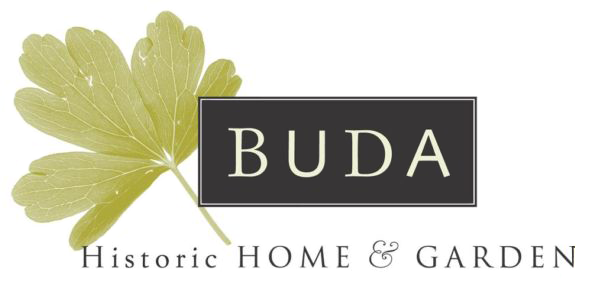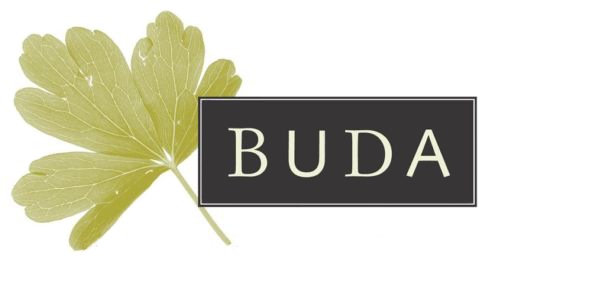Buda Collection Significance Assessment
Lauretta Zilles 2024
Precis of Key Elements
- Introduction
The collection’s significance lies to a large extent with retaining the integrity of the house and household contents as closely as possible to when the Leviny family resided there between 1863 and 1981. This includes the intact collection of household items ranging from paintings and enamel-work, needlework and photography to those everyday items essential to any household such as pots and pans, kitchen equipment, table linen, and knives and forks. The collection also includes a variety of personal documents such as letters and diaries.
A survey of similar properties in Australia – including Mulberry Hill at Langwarrin Victoria, Bundanon Homestead at Shoalhaven New South Wales and The Cedars at Harndorf South Australia places Buda and its collection at least on a par with these properties in terms of historical, aesthetic and social significance.
Key items/categories of cultural, social and historical significance include- but are not limited to – the following:
- Photographs
The photographs date from 1843 to the 1970s.
The earliest photograph is the William Henry Fox Talbot calotype of the Chateau de Chambord taken in 1843. Leviny’s acquisition of this photograph was almost certainly in 1846 when it appeared in the June 1846 edition of the Art Union Monthly Journal. Talbot had made a deal with the editor to include one of his photographs in every copy of that edition. Leviny moved to London in 1846 so it is highly likely that he purchased that edition not long after his arrival.
The sole ambrotype image in the collection is that of Mary Isaacs. This was taken prior to her arrival in Australia in 1858 possibly to show Ernest.
Additional photographs include full-plate images of Leviny’s works in gold and silver as well as stereoscopic examples of his work and others that were in the London International Exhibition of Industry and Art in 1862.
There are also formal studio photographs taken of the family.
With the introduction of the Kodak Box Brownie photography became more accessible to the general public and at least three of the Leviny daughters had cameras which captured many everyday images of themselves, their friends and pets, and the house and garden.
Taken together, the photographs in the collection are of historical, aesthetic and social significance.
- Jewellery Designs
Buda contains a large number of Leviny’s jewellery designs. Lauretta’s correspondence with the former senior curator at the V&A Museum suggests that the Leviny collection is second only to that held in the Brogden Archive at the V&A. The Buda collection ranges from rough sketches to completed designs. These designs have been slowly remounted as funds have become available.
The collection is considered to be of international historical significance given Leviny’s work in London. The collection is aesthetically significant because of the skilfulness of the designs and they are also of social significance because they reflect the styles of the times in which they were executed.
- The Arts and Crafts Movement
Following their father’s death the Leviny daughters made alterations to the house interior and décor along the lines of the Arts and Crafts movement. These alterations included the range of handicrafts produced by the daughters, such as embroidery, woodworking, painting, poker work and so forth. The daughters learned these skills through their teachers at both the Castlemaine and Bendigo School of Mines – such as Arthur Woodward (Bendigo) and Carl Steiner and Stanley Ellis (Castlemaine). Buda is considered unique for the breadth of hand-crafted pieces made by the family that are in the house and garden.
- Australian Women Artists
Painting was a later pastime of Ernest Leviny and several of the daughters followed in his footsteps. From the 1930s, the family also acquired a number of works by Australian women modernist artists such as Jessie Traill, Margaret Preston, Eveline Syme, Bertha Merfield, Ursula Ridley Walker and Alice Newell. Many of these were family friends but not all. Whilst the collection is small, it is considered a unique collection of original artworks from the period 1910 to 1950.
- Key Recommendations
General Recommendations include the need for regular skills training for staff and volunteers particularly around the database, the updating of the supplementary research information, auditing and health checks on collection items and how to correctly label and display exhibits.
Collection Management
Information on the worksheets and the database is very basic, is full of typographical errors and often has incorrect dates
Where items have been donated and formally accessioned into the collection they have often lacked information about where they came and from whom.
Cataloguing and Documentation
Items that Lauretta classifies under the Leviny and Buda collections require corrections and updates
The Buda research files should be digitised and linked to the catalogue database. All items such as display props and replicas should be clearly labelled not collection. Buda archives need to be correctly stored and labelled, with inventory and index.
Collection Care and Storage
An updated review is needed with recommendations to guide future care and storage. Buda should seek funding for a Conservation House Cleaning Manual by the Australian Institute for the Conservation of Cultural material (ASSIM).
Collection Interpretation
Continue to build the research files and library resources. Encourage scholarly access to the collection for further research.
Exhibitions should be mounted around Buda’s themes and research and a variety of media should be used to reach a wider audience.
Collection Access
Finalise the digital project so that the catalogue is accessible online as a searchable database. Some prioritisation of items to be listed online should occur as well as the correction of information on the database.
Collection Security
The items are at high risk of damage and/or theft. Recommendations include restricting the number of visitors and/or only having visitors accompanied by a tour guide or a roaming tour guide.
The full BUDA Collection Significance Assessment 2024 is available by special request.
Please email









